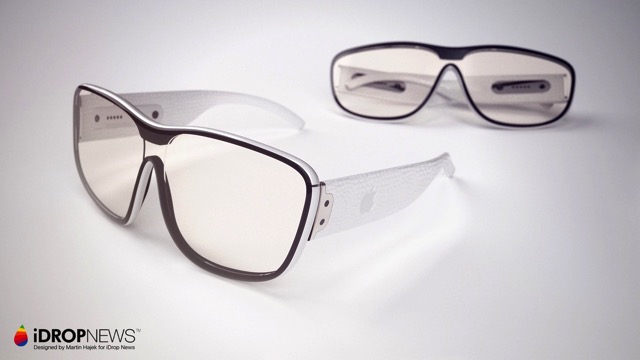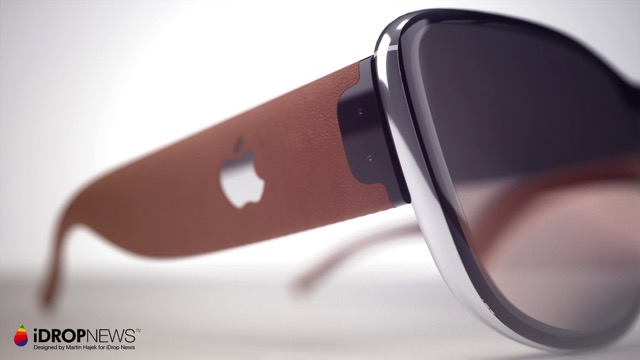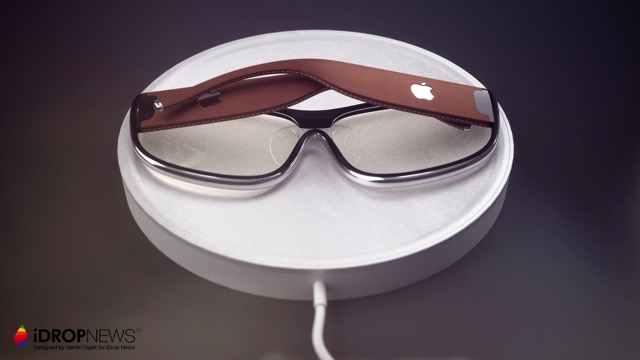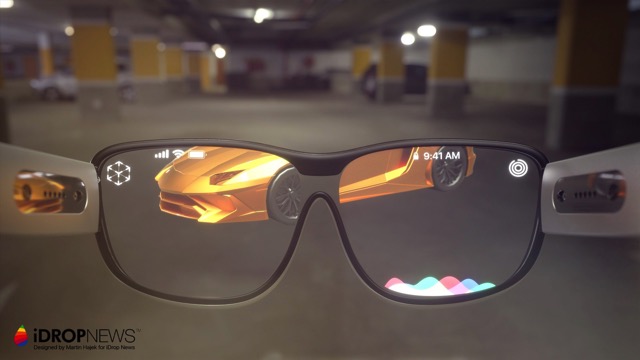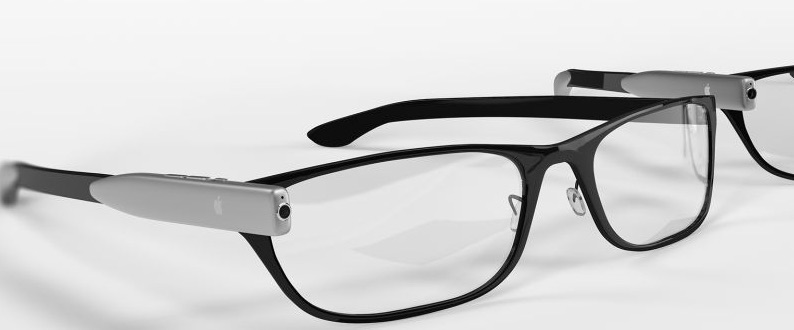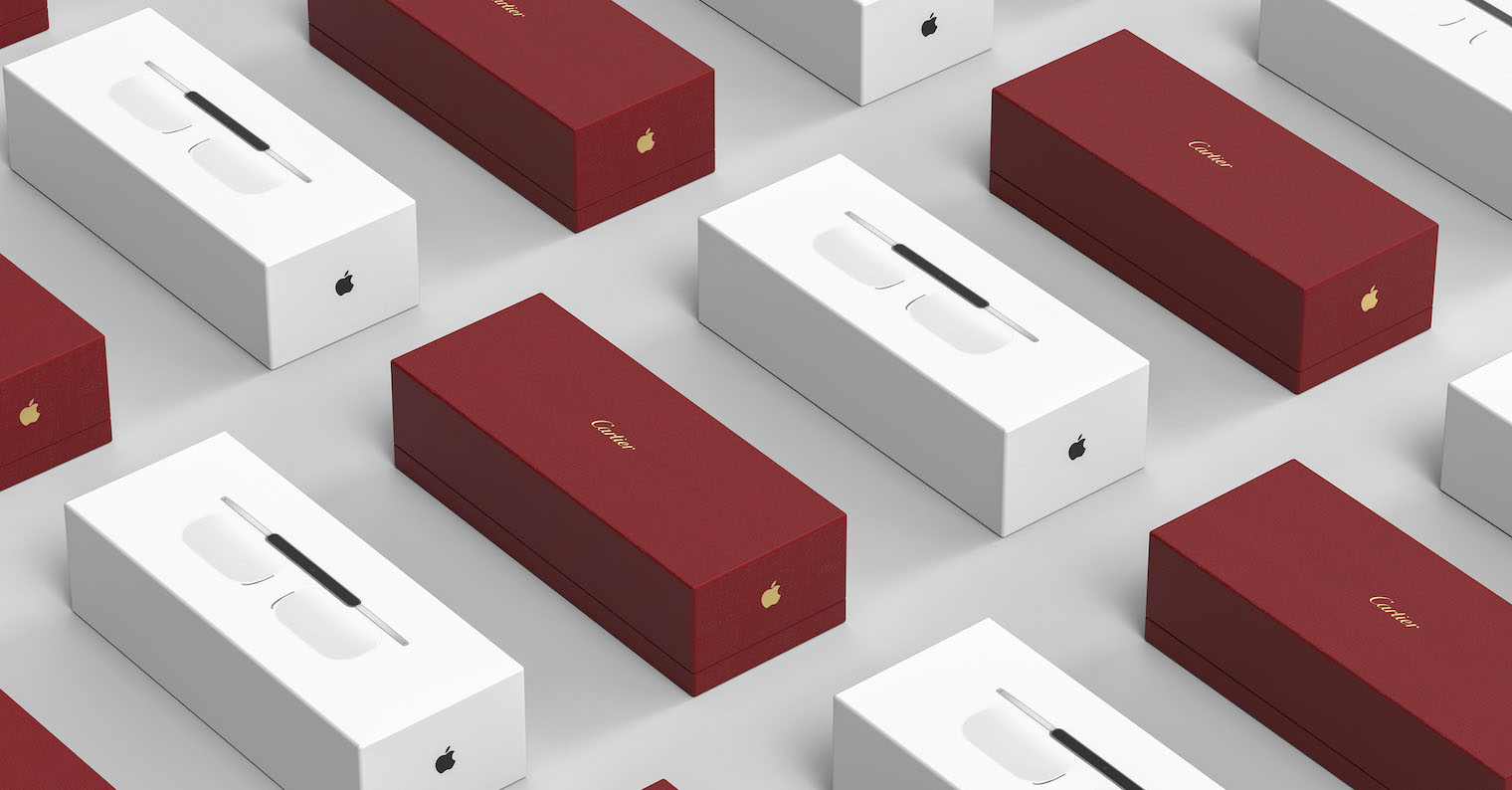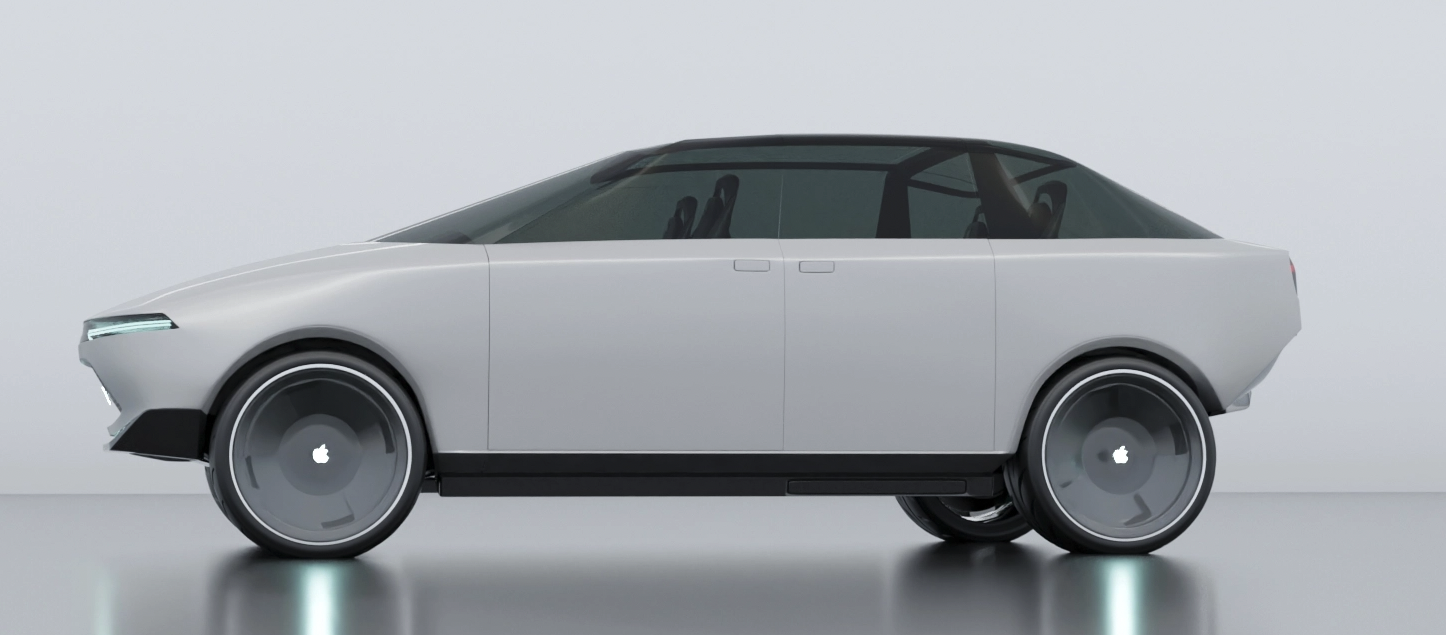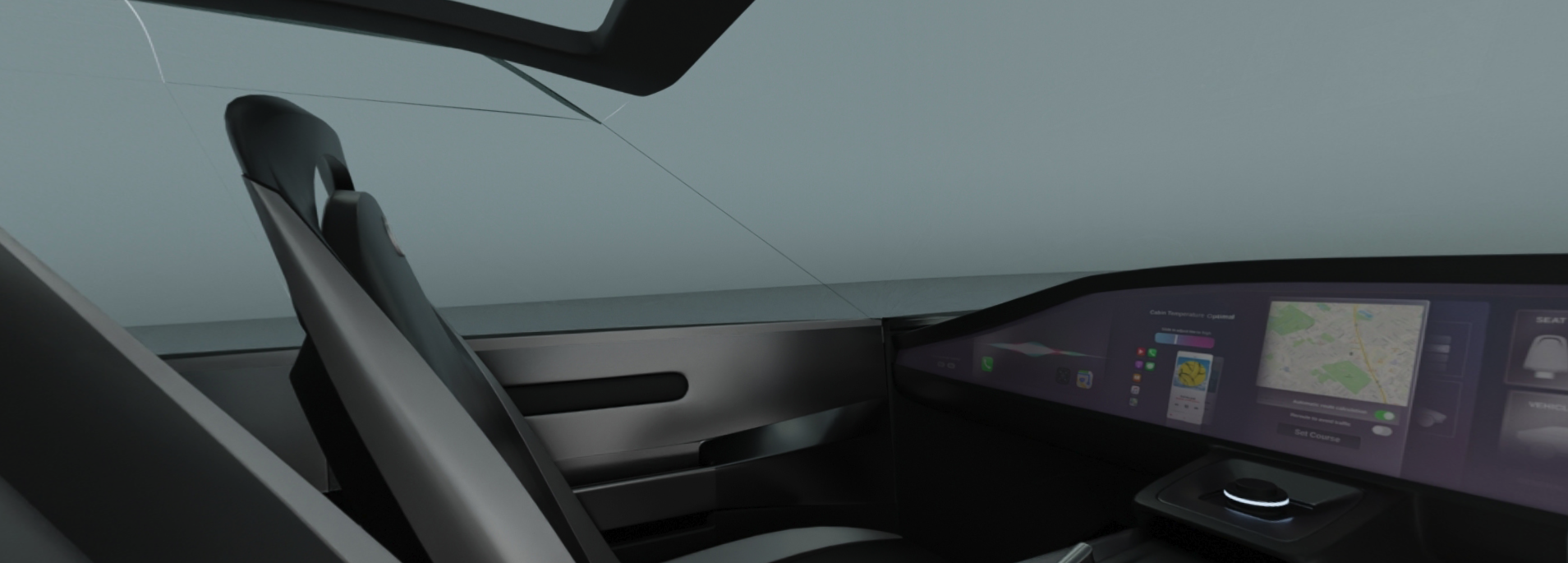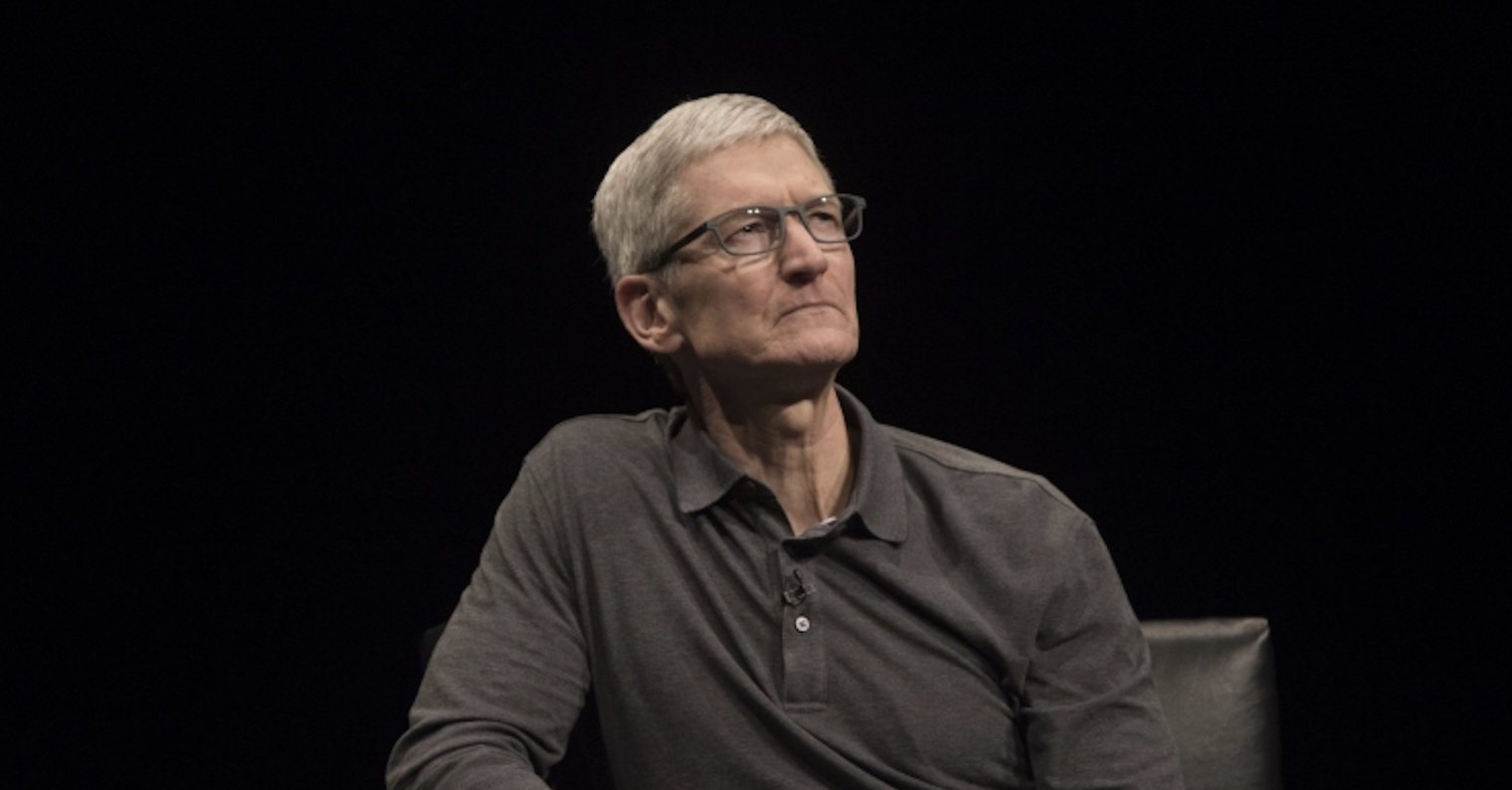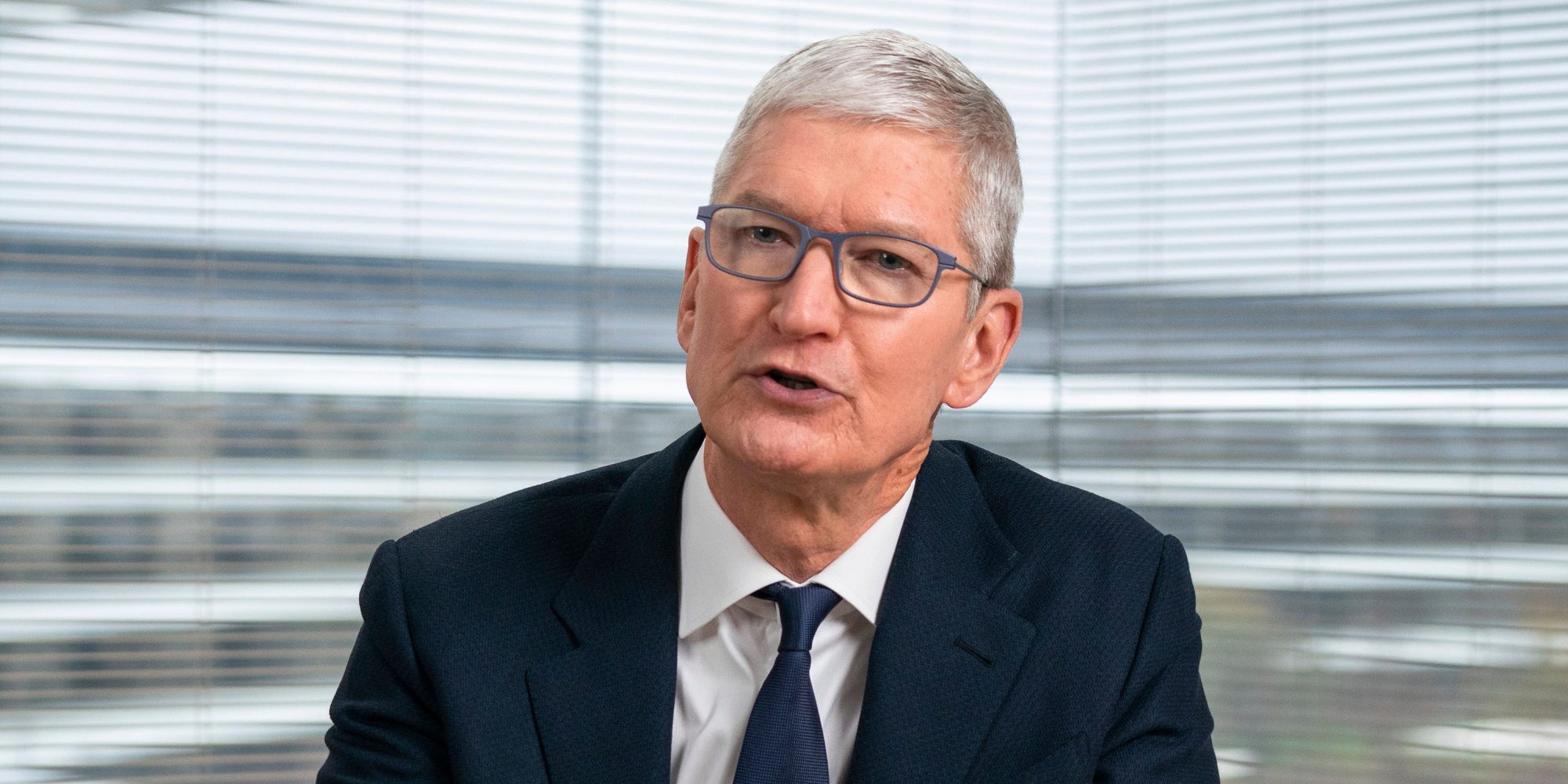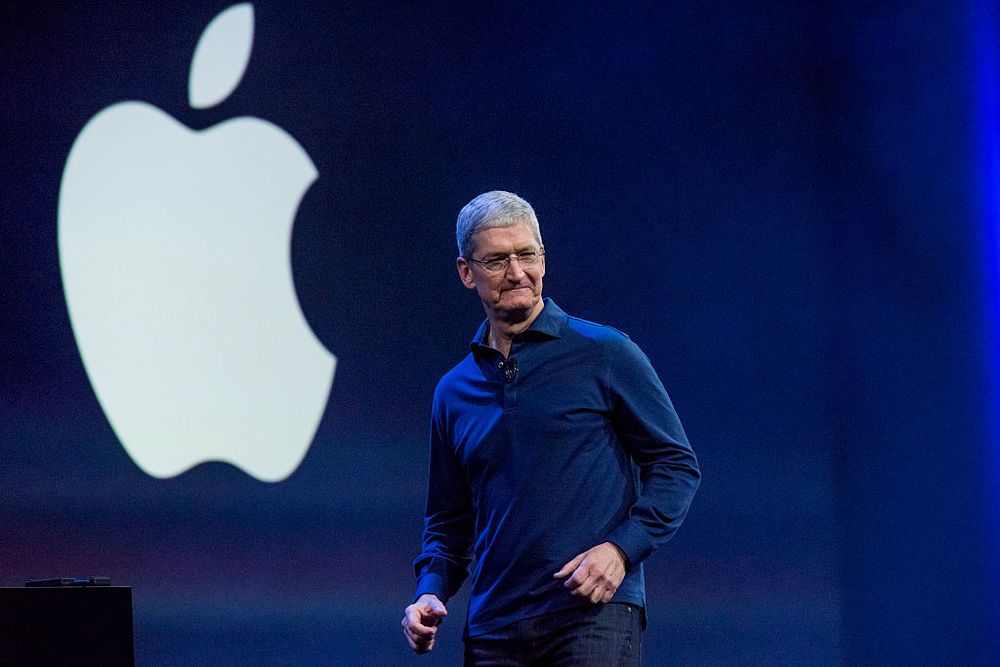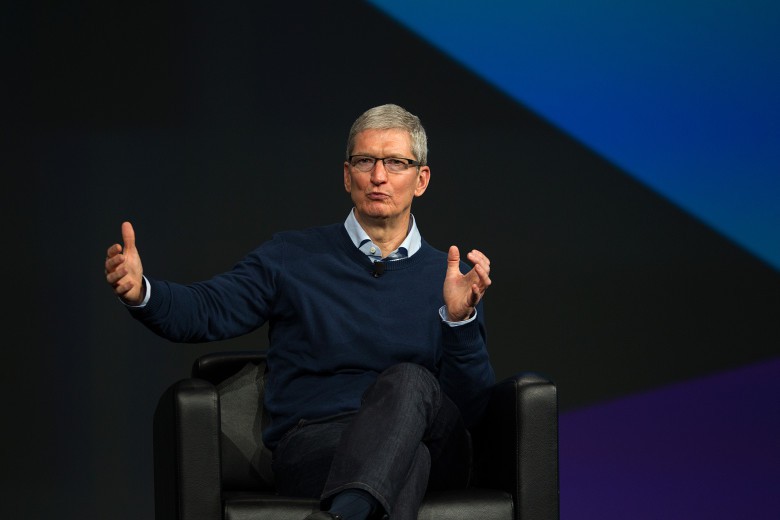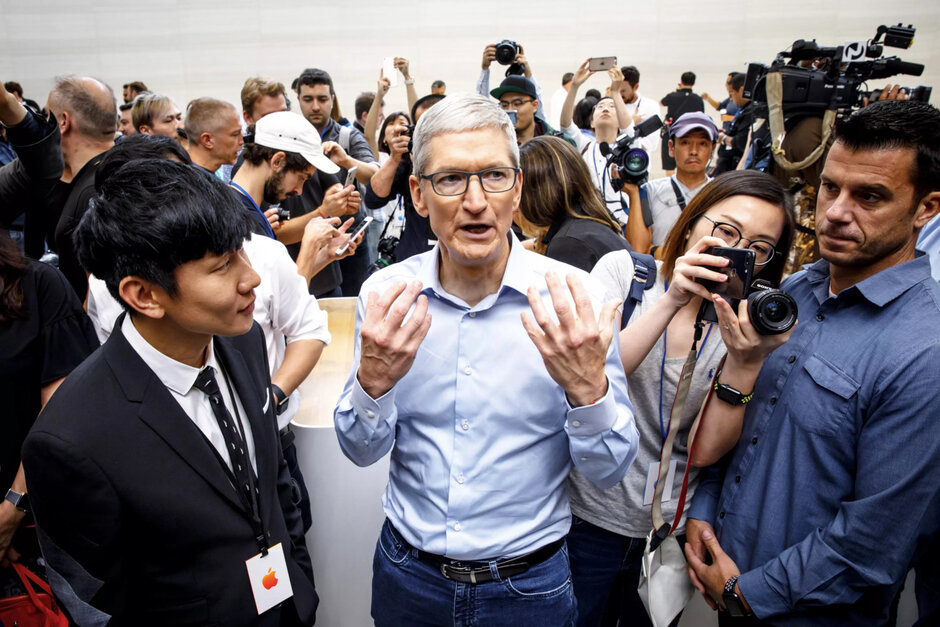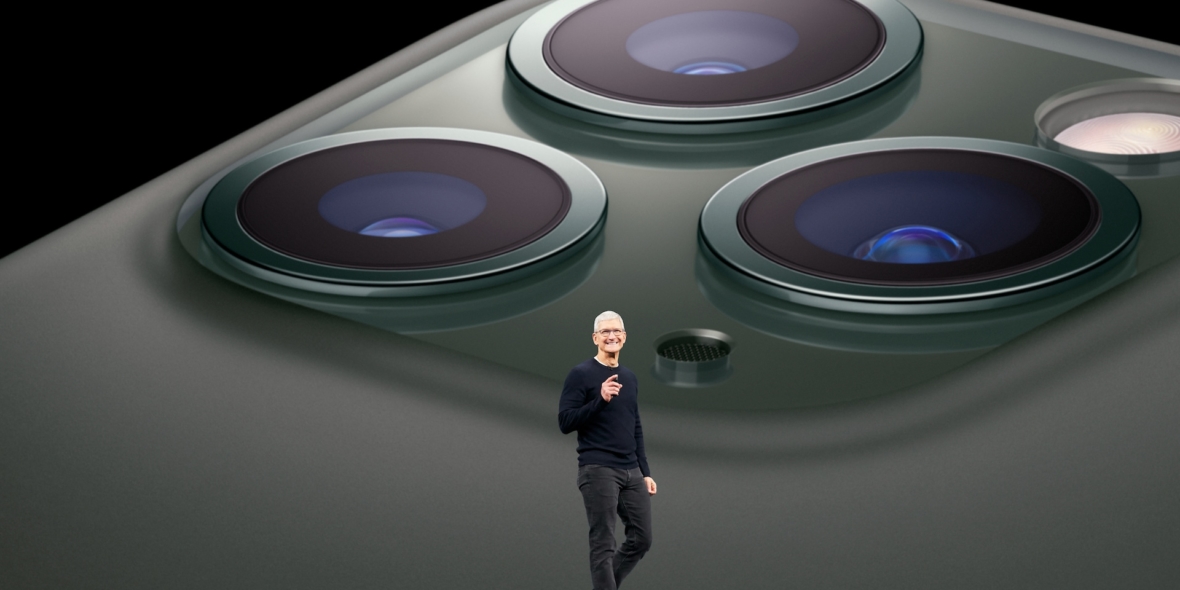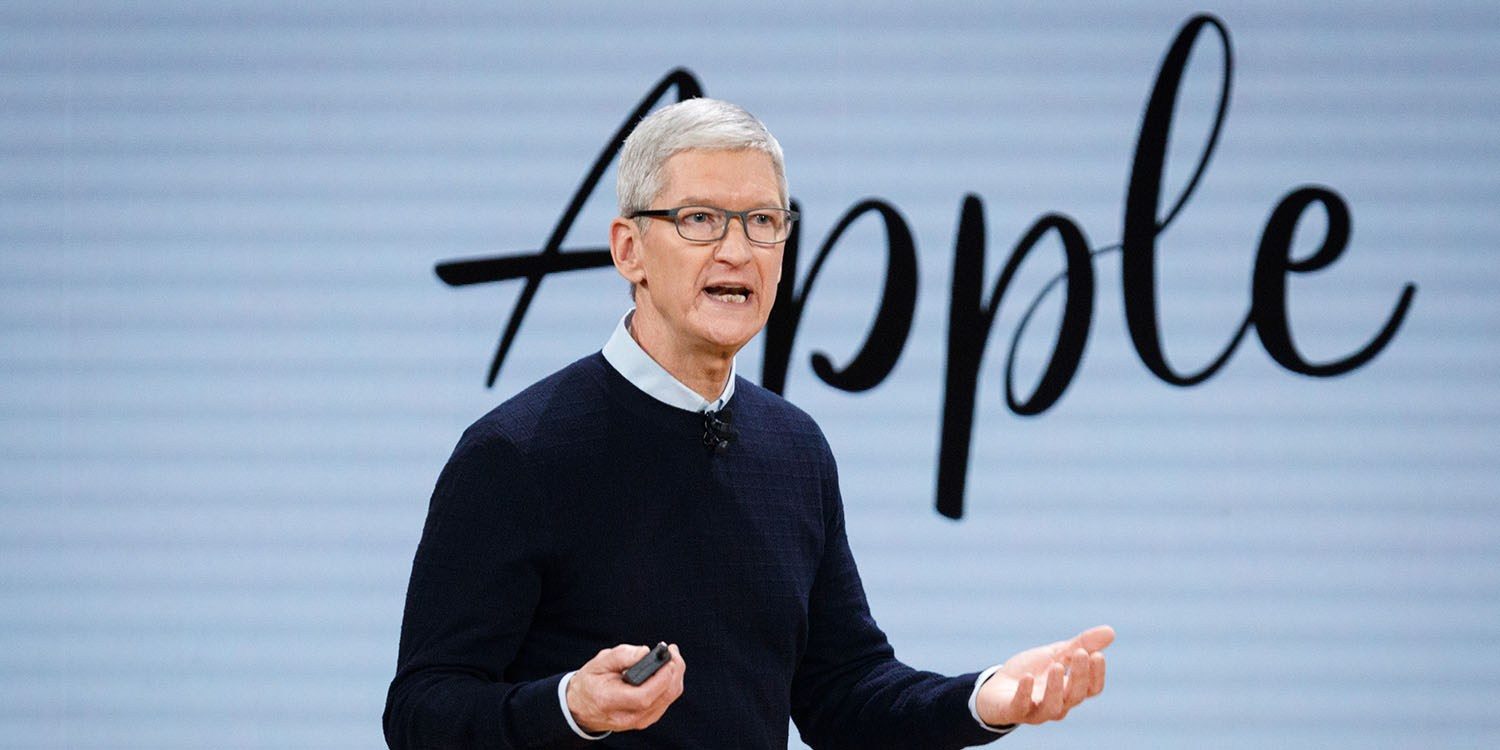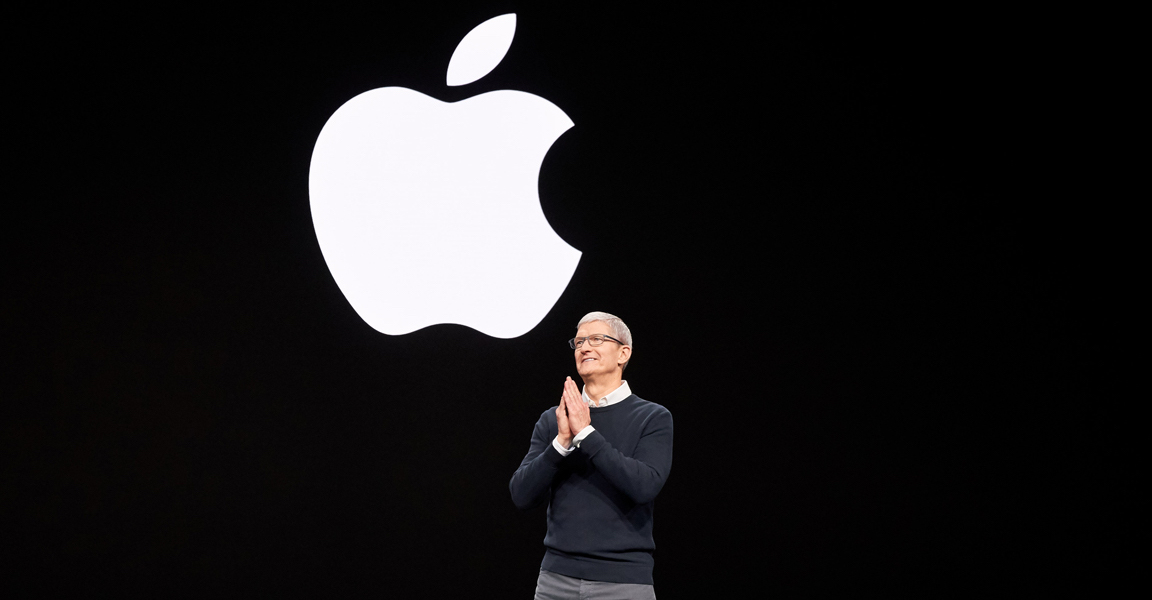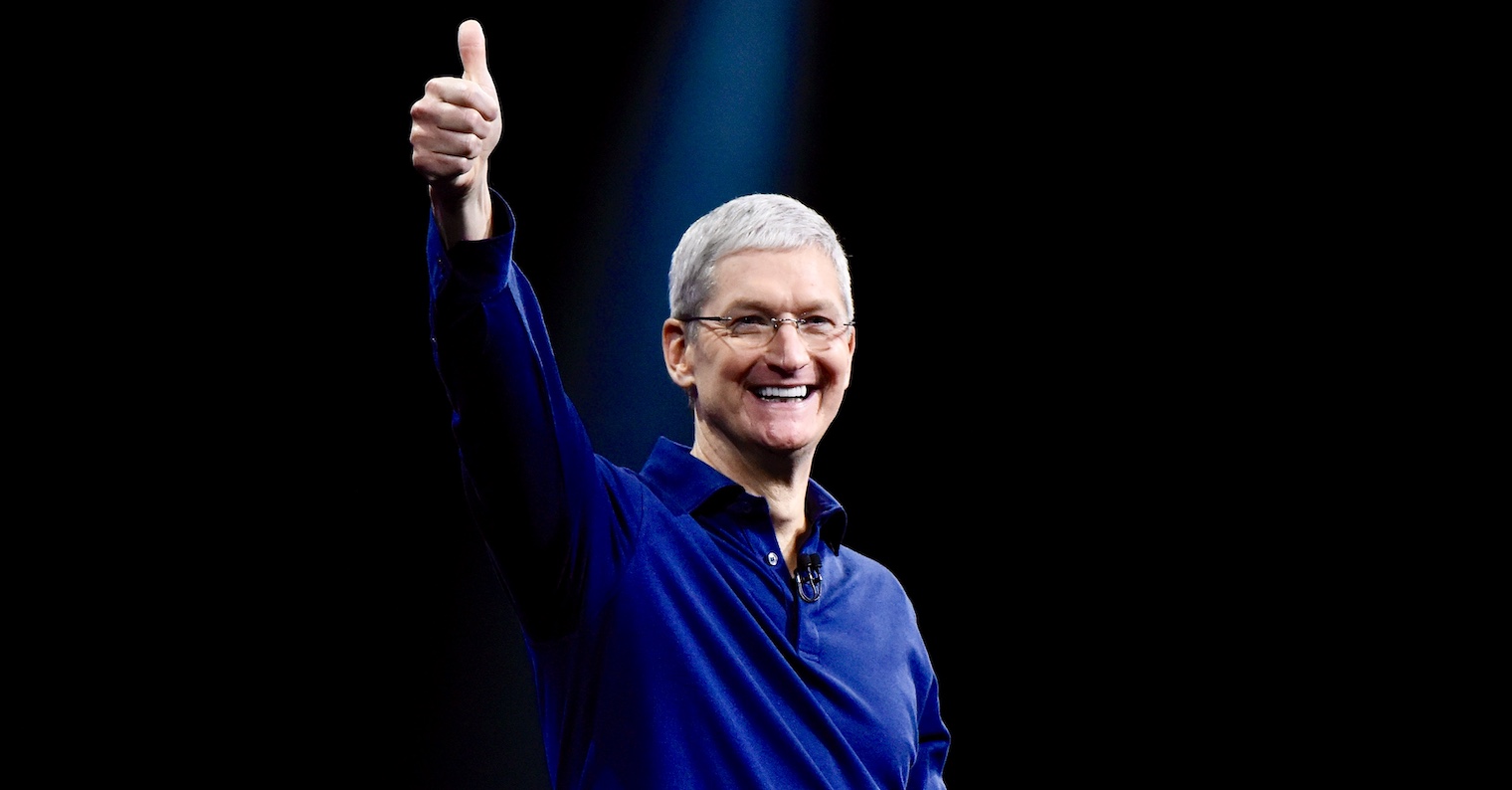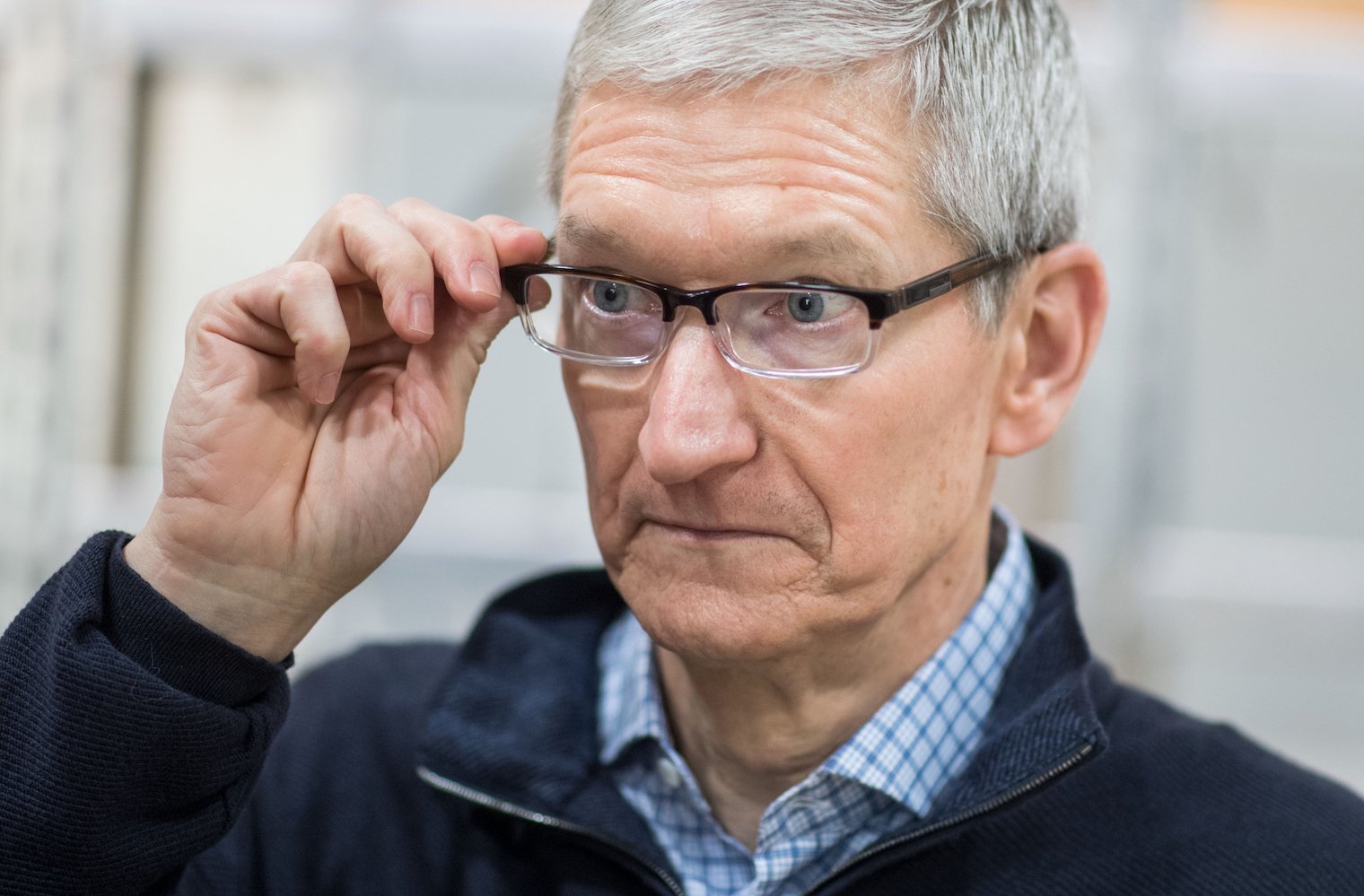In February of last year, Apple CEO Tim Cook told the company's shareholders that it had bought about 100 companies over the past six years. That means he makes a new acquisition every three to four weeks. Is it possible to judge from these deals what the company will present as novelties in the future?
These numbers may give the impression that this is literally a company buying machine. However, only a handful of these transactions were ones that merited more media attention. The biggest deal is still the purchase of Beats Music in 2014, when Apple paid $3 billion for it. Among the last big ones, for example, is the purchase of Intel's division dealing with mobile phone chips, for which Apple paid one billion dollars in 2019, or the purchase of Shazam in 2018 for $400 million.
The English page is definitely interesting Wikipedia, which deals with individual Apple acquisitions, and which tries to include them all. You will find here that, for example, in 1997, Apple bought the company NeXT for 404 million dollars. However, the most interesting thing is precisely the information about why Apple bought the given company and for what products and services it did so.
It could be interest you
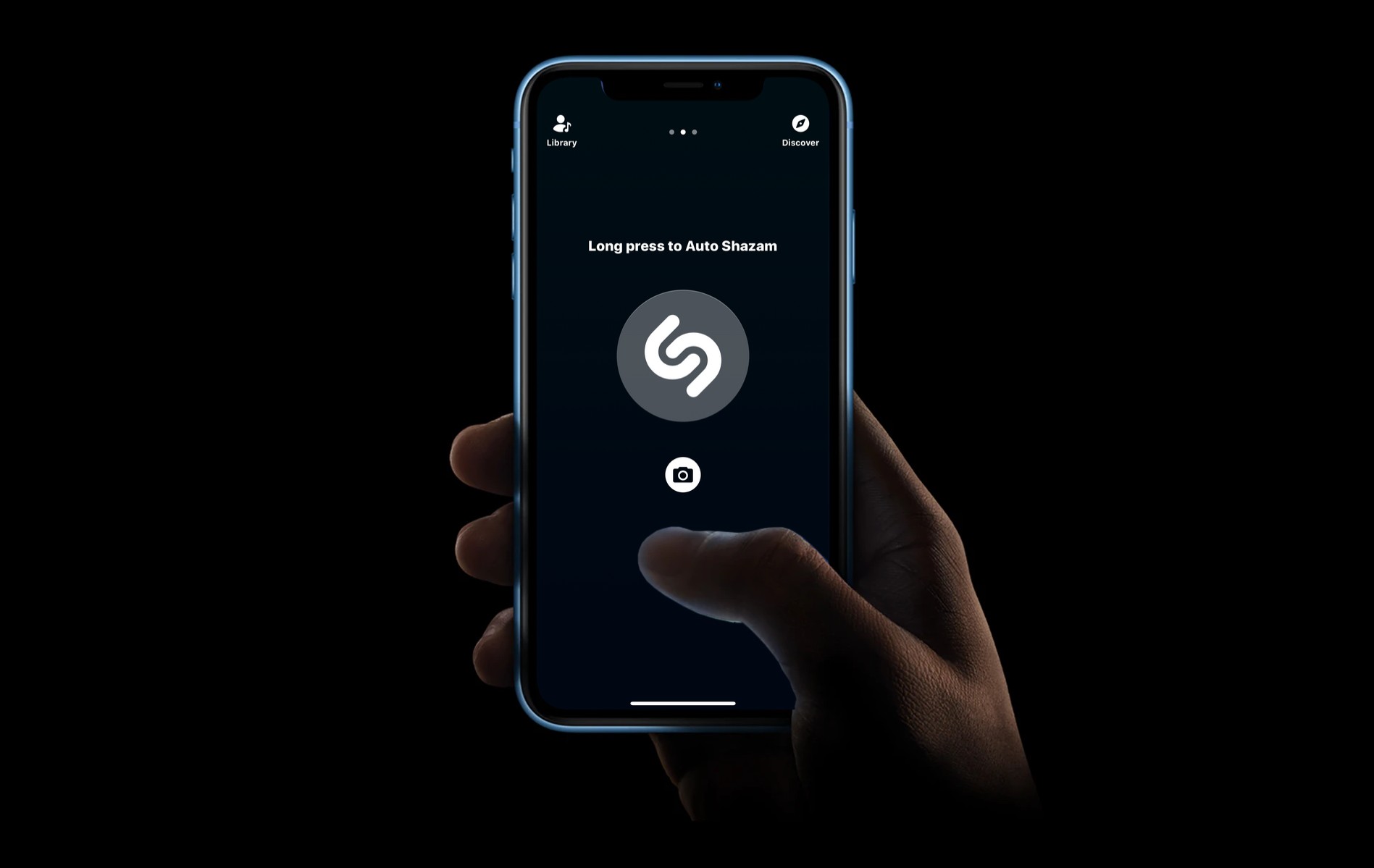
VR, AR, Apple Car
In May 2020, the company bought NextVR dealing with virtual reality, on August 20 it followed Camerai focusing on AR and five days later it followed Spaces, a VR startup. However, for ARKit, Apple buys quite often (Vrvana, SensoMotoric Instruments, Lattice Data, Flyby Media), so it is questionable whether these companies are dealing with a new product or just improving the existing features of their platform. We don't have a finished product in the form of glasses or a headset yet, so we can only guess.
The same is true of Drive.ai's 2019 deal on autonomous vehicles. We don't even have the form of an Apple Car here yet, and this can be traced back to the fact that Apple was already shopping for the Titan project, as it is called, in 2016 (Indoor.io). It cannot be said with certainty that Apple will buy a company dealing with a segment and within a year and a day introduce a new product or significantly improve an existing one. Even so, it is clear that every "purchase" made has its own meaning.
According to the list of companies, it can be seen that Apple is trying to buy those interested in artificial intelligence (Core AI, Voysis, Xnor.ai), or in music and podcasts (Promephonic, Scout FM, Asaii). The first mentioned is probably already implemented in iPhones in some way, and the second is probably the basis not only of news in Apple Music, such as lossless listening quality, etc., but also of the expansion of the Podcasts application.
It could be interest you

Another strategy
But when it comes to buying companies, Apple has a different strategy than most of its big rivals. They routinely close multibillion-dollar deals, while Apple buys small companies mainly for their talented technical staff, which it then integrates into its team. Thanks to this, it can accelerate expansion in the segment in which the purchased company falls.
Tim Cook in an interview for CNBC in 2019 he said that Apple's ideal approach is to figure out where it has technical problems and then buy companies to solve them. One example is said to be the acquisition of AuthenTec in 2012, which led to the successful deployment of Touch ID in iPhones. E.g. in 2017, Apple bought an iPhone app called Workflow, which was the basis for the development of the Shortcuts app. In 2018, he bought Texture, which actually gave rise to the Apple News+ title. Even Siri was the result of an acquisition made in 2010.
 Adam Kos
Adam Kos 